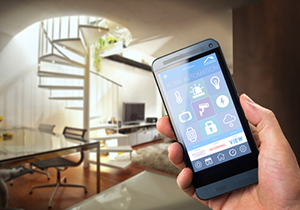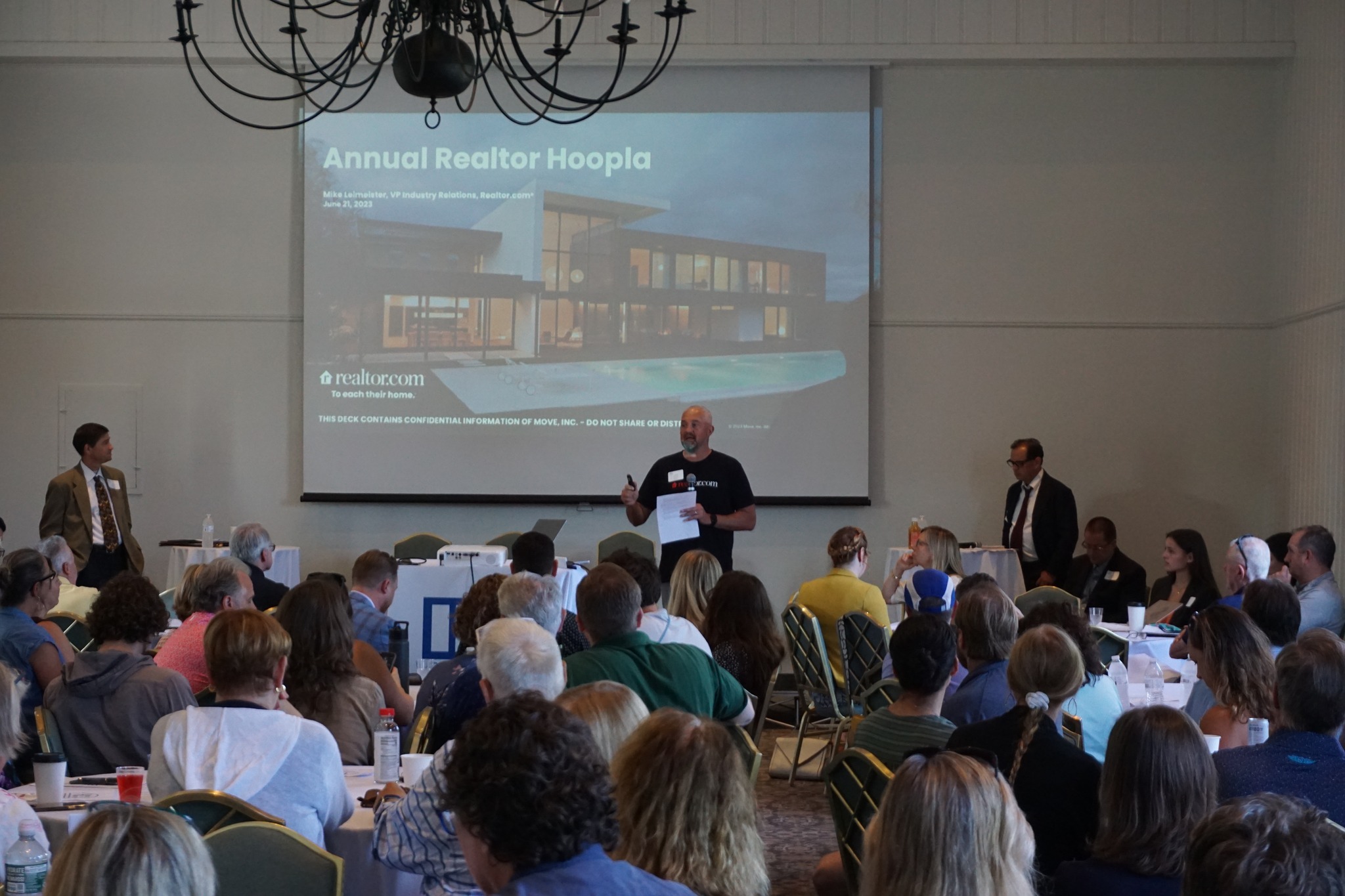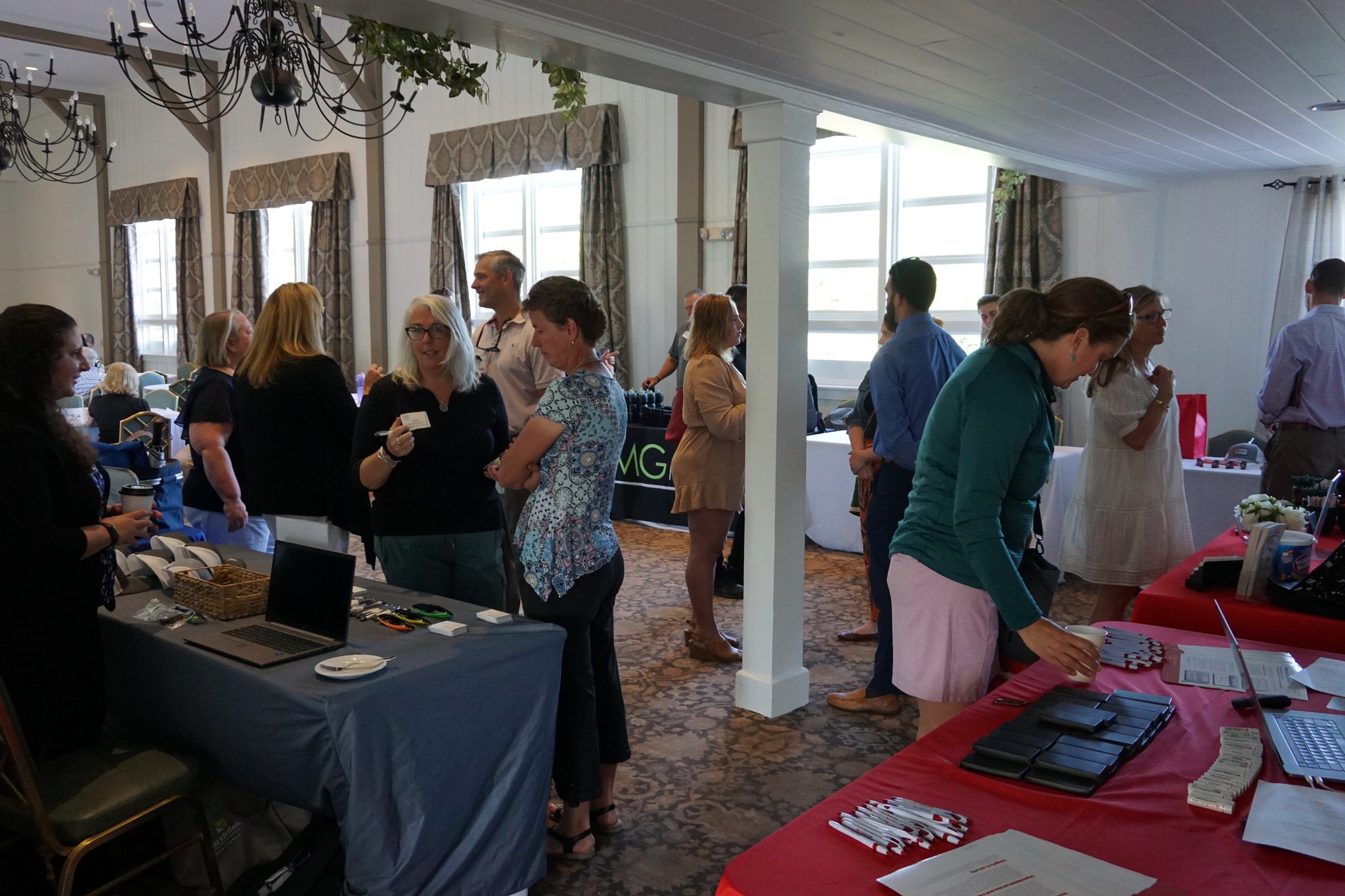 Consumer demand for smart-home technology is surging, with reports predicting the industry will reach $130 billion between 2020 and 2025. But despite the popularity of the idea, many of your clients don’t fully understand what constitutes a smart home, how the technology works, or how it can affect a home sale. For example, many falsely believe that home automation, which allows owners to set the functions of their home on a timed schedule, is the same thing as smart-home technology.
Consumer demand for smart-home technology is surging, with reports predicting the industry will reach $130 billion between 2020 and 2025. But despite the popularity of the idea, many of your clients don’t fully understand what constitutes a smart home, how the technology works, or how it can affect a home sale. For example, many falsely believe that home automation, which allows owners to set the functions of their home on a timed schedule, is the same thing as smart-home technology.
“A smart home is a home that learns through artificial intelligence what the homeowner does, and will eventually do the automations without interference from the homeowner,” explains Mark Westlake, CEO of technology review site GearBrain. Simply put, smart homes use Wi-Fi connectivity and machine learning to streamline daily tasks in the home using a centralized hub that can be controlled on site or remotely via smartphone. That goes far beyond automation.
To better educate your buyers and sellers about smart-home technology and set reasonable expectations at the start of a transaction, take a look at these three common myths you should bust for your clients.
1. Smart-Home Devices Always Boost Property Value
While smart-home products can fetch a higher sale price—for example, 44 percent of millennial buyers say they’re willing to pay an extra $3,000 or more for a home with smart features, according to Coldwell Banker’s 2016 Smart-Home Marketplace Survey—there is a lot of variance in the value of individual features. Consumers say they find smart security (58 percent) and thermostats (56 percent) more appealing than smart appliances (34 percent) and entertainment (29 percent), according to the survey. That may be an indication of which items will add the most value to a home sale.
For buyers, it can be hard to determine when it’s worth paying a premium for smart-home technology. Buyer’s agents should be capable of demonstrating smart-home features to their clients so they better understand their value. Meet with the listing agent ahead of a showing to learn how the home’s smart system works. Then, you’ll be able to show your client how it would fit into their lifestyle. Listing agents might even consider creating a guide or fact sheet for buyers that highlights the benefits of the technology and addresses any concerns.
But keep in mind that “connected devices are not necessarily considered fixed property,” says Tom Flanagan, chief technology officer at The Group Inc. Real Estate in Fort Collins, Colo., and author of technology blog Real Estate Things. It behooves sellers to indicate in the sale contract which specific smart features are included in the home sale. It will prevent buyers from being surprised and disappointed if they wanted a feature the seller plans to take with them.
2. All Smart-Home Devices Work Together
Many consumers think that as long as there is a Wi-Fi connection, all smart-home devices will automatically work in tandem. But while Wi-Fi connectivity is a crucial part of smart-home technology, different devices have different means of exchanging information between them, called communication protocols. Some wireless protocols use infrared technology, while others use Bluetooth, Thread, Zigbee, or Z-Wave. Make sure you have all of your devices on the same wireless protocol; otherwise, you will have problems setting up automation for all your devices, Westlake notes.
That can make a home sale more difficult, as buyers will likely flinch at having to manage multiple smart devices in different ways. For sellers with existing devices or recent buyers who plan on adding smart technology to their home, advise them to use a centralized hub to control smart devices. A hub makes it easy for users to automate, schedule, and control tasks on all of their smart devices from one place, typically via a smartphone app. Some systems can be programmed to activate a series of tasks when the homeowner is within a certain distance from their home. For example, when a homeowner pulls into the driveway, sensors can unlock doors, open blinds, and turn on lights.
Provide extra caution to clients who plan to install devices themselves: Before they purchase, they should ensure that all devices are compatible with each other and the hub they want to use. Buyer’s agents can recommend that their clients ask for a demonstration during a home showing so they can see for themselves whether the technology works seamlessly together.
3. Smart-Home Devices Are Not Secure
Recent security vulnerabilities associated with smart phones, voice-assist devices, and other gadgets may have consumers worried that smart-home technology could further expose them to hackers. But as adoption of smart-home technology becomes more widespread, so do data security protections, says Mitchell Klein, executive director of Z-Wave Alliance, a smart technology think tank. “There is an industrywide movement towards securing connected devices that will alleviate consumer concerns about hacking and device security,” he says.
In fact, the data security of smart-home devices may be more at risk when being transferred between owners. You don’t want to be vulnerable to identity theft because remnants of your personal information were left behind after a sale, says Sheryl Roth, an investigator for the Office of Technology Research and Investigation at the Federal Trade Commission. To protect both your personal information and privacy, you’ll need to remove administrative access, cancel or change account settings and logins, delete all personal information, and then reset all the connected devices to factory settings. This will also protect the buyer by ensuring they have full administrative access to create new access codes, install critical security updates, set personal preferences, and have complete control of the system. It’s a good idea to review with your clients the Smart-Home Checklist, developed by the Online Trust Alliance and the National Association of REALTORS®.
What’s Worth the Investment?
“Whether DIY or professionally installed, smart-home systems that the user can manage themselves and control via app provide the most value,” Klein says. These are some popular smart-home investments that should appeal to most demographics:
- Buyers may value the existence of technology that is difficult to install, such as smart thermostats and smart lighting, which can require special wiring. It means they won’t have to go to the trouble of installing it themselves.
- More expensive technology, such as integrated home security systems with sensors and smart fire alarms and carbon monoxide detectors.
- Integrative systems that can be controlled via voice command and can easily be transferred between owners.
Danny Hertzberg, a sales associate with The Jills team at Coldwell Banker in Miami Beach, Fla., recommends that buyers look for smart-home products and brands they are familiar with and comfortable using. Also, keep an eye out for up-and-coming trends, including smart speaker assistants such as the Apple HomePod, companion products for Amazon’s Echo, and new devices such as video doorbells, sprinkler controllers, DIY security systems, and multiroom, high-resolution audio systems.
As smart-home demand continues to grow, make sure you’re up to speed on the technology’s newest advancements so you can educate your clients and help them make informed decisions.








